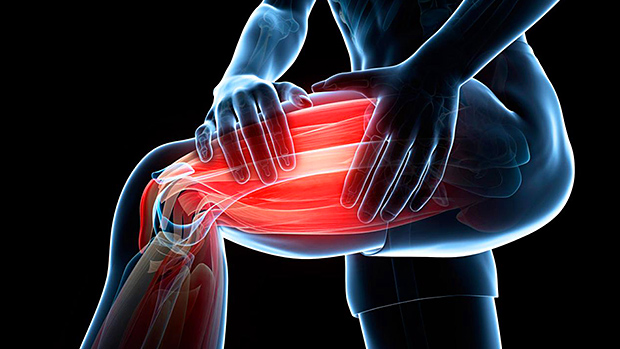Introduction
Many people suffer from leg discomfort when walking, which may be devastating. Leg discomfort, whether mild, acute, or cramping, may have a substantial influence on one’s mobility and quality of life. In this detailed guide, we’ll look at the numerous causes of leg discomfort when walking, available treatments, and helpful tips for managing this frequent disease.
Identifying The Causes
Muscle Fatigue and Overuse
One of the most prevalent causes of leg discomfort when walking is muscular exhaustion and overuse. Muscles may become strained and painful when pushed to their limits, such as during extended physical activity or exercise. This pain is often described as a dull, aching feeling in the legs.
Poor circulation.
Another common reason of leg discomfort when walking is inadequate circulation. When blood supply to the legs is limited or disturbed, it may cause muscular cramps, numbness, and tingling. Conditions such as peripheral artery disease (PAD) and deep vein thrombosis (DVT) may restrict blood flow to the legs, causing pain during walking.
Joint Problems
Walking may also be painful due to joint problems in the legs, such as osteoarthritis or rheumatoid arthritis. These disorders often cause stiffness, edema, and inflammation in the afflicted joints, making it difficult to move without pain.
Nerve Compression
Nerve compression or pinched nerves may result in shooting pains or tingling feelings in the legs while walking. Sciatica and herniated discs in the spine may exert pressure on the nerves that go to the legs, causing radiating pain that intensifies with movement.
Structural abnormalities
Flat feet, high arches, and unequal leg lengths are all examples of structural anomalies in the legs that may cause discomfort when walking. These abnormalities may interfere with the alignment and biomechanics of the legs, causing strain and pain during physical exercise.
Remedies and Treatment Options
Rest and Recovery.
When suffering leg discomfort when walking, it is critical to allow your muscles enough time to rest and recuperate. Avoid activities that make the discomfort worse, and instead use mild stretching and low-impact exercises to enhance leg flexibility and strength.
Improve circulation.
To treat leg discomfort caused by poor circulation, it is critical to enhance blood flow to the legs. Elevating the legs, using compression socks, and exercising regularly may all help to improve cardiovascular health.
Pain Management
Over-the-counter pain medicines like ibuprofen or acetaminophen may help lessen the discomfort caused by leg pain when walking. Topical lotions or ointments containing menthol or capsaicin may also give short relief for muscular aches and pains.
Physical Therapy
Individuals with persistent or severe leg pain may benefit from physical therapy to treat underlying muscular imbalances or deficiencies. A trained physical therapist can create a personalized treatment plan to increase mobility, alleviate pain, and avoid future injuries.
Orthotic devices.
In circumstances where structural problems cause leg discomfort while walking, orthotic devices such as arch supports or shoe inserts may be useful. These devices may help rectify biomechanical abnormalities and support the feet and ankles, decreasing leg strain during physical exercise.
Surgical Intervention.
In rare circumstances, when conservative therapy fail to relieve leg discomfort, surgery may be required. Joint replacement or nerve decompression surgery may treat underlying causes of discomfort and restore leg mobility.
Conclusion
Leg discomfort when walking may have a considerable effect on everyday life, but with the correct treatment, it is typically treatable. Individuals who grasp the underlying causes of leg pain and adopt proper cures and treatment choices may find relief and restore their mobility. If you are having continuous or severe leg pain, you should see a doctor for a correct diagnosis and treatment.

